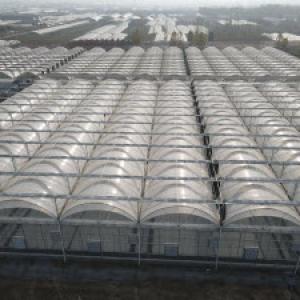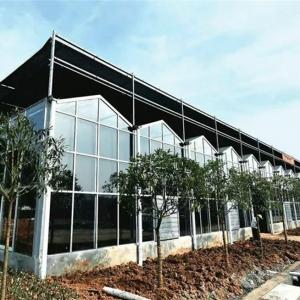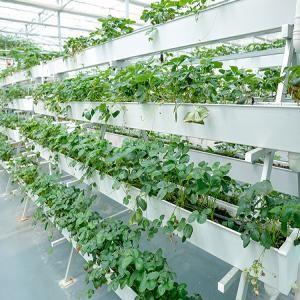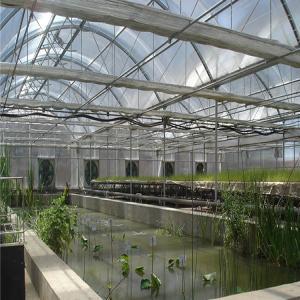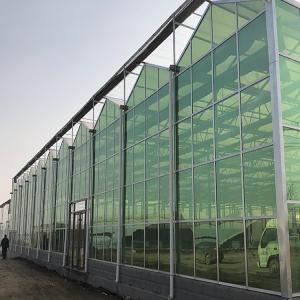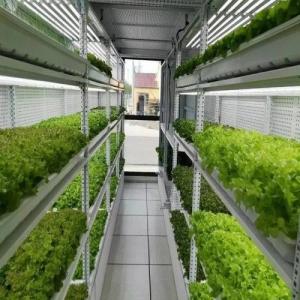Different Types of Commercial Greenhouses
Commercial Greenhouse
A Commercial Greenhouse is a large-scale structure that’s used to grow plants for sale. These structures are typically designed with high tech systems that allow for control over temperature, light, humidity, fertilization, and irrigation.
Vegetables and Fruits
Vegetable greenhouses can grow a variety of vegetables including tomatoes, strawberries, squash, broccoli, herbs, artichoke, beans, peas, and leafy greens like spinach and kale. These crops thrive in an environment that controls temperature, humidity, and light to maximize production.
Trees and Seedlings
Growing trees and seedlings in a greenhouse is an excellent way to make a profit from a small area. This can be a good choice for a horticulturalist who wants to cultivate rare and highly prized species, as well as for someone who doesn’t want to invest in a large-scale greenhouse.
Integrated Farming
A commercial greenhouse can also be used to produce plant starts and transplants for local farmers to use in their gardens or hydroponic systems. This can be an attractive business model for some growers, especially if they have a local demand for organic certified products.
Heating, Cooling, and Ventilation System
The heating and cooling system is essential for keeping temperatures consistent within a greenhouse. Depending on the size of the greenhouse and the specific crop needs, separate temperature zones can be established to ensure that the plants are receiving the exact amount of heat they need.
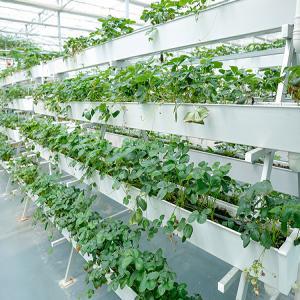
Hydroponic Greenhouse
Hydroponic Greenhouse Benefits
One of the most obvious benefits of using a Hydroponic Greenhouse is that you’ll be able to grow more plants in less space. This is because with a Hydroponic Greenhouse, the roots of your plants don’t need to spread apart to get water and nutrients.
You also won’t have to worry about weeds getting settled in, which can be a big problem with traditional growing methods. Having your plants in a greenhouse means that you won’t have to spend the extra time and effort on weeding, so you can focus on other aspects of growing them.
Another great benefit is that with a Hydroponic Greenhouse, you’ll be able to use a lot less water than you would with a conventional soil-based system. The amount of water that you’ll be using in a hydroponic system is only 10% of what you’d need for plants grown in a field.
The nutrient-rich water in your hydroponic system flows through pipes, trays and towers inside the greenhouse, where it’s fed to your plants. The water is continuously cycled through these channels and pushed back into the nutrient reservoir, where it’s kept at the right temperature so your plants receive all the nutrients they need to thrive.
There are many different types of Hydroponic Greenhouses available, so you should be able to find the one that best suits your needs. Some are simple, while others are more advanced and include a range of features, such as automatic feeding systems.
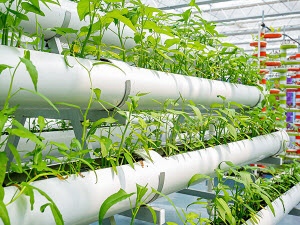
Choosing the Right Plastic Film Greenhouse
Plastic Film Greenhouse
Today, more than two-thirds of greenhouse construction is covered with plastic film. Plastic Film Greenhouse offers a combination of good service, high light transmission and properties that improve plant production.
Choosing the Right Greenhouse Plastic
When comparing different greenhouse films, consider the following criteria: thickness, life, anti-fogging, UV protection, and infrared retention. Ideally, choose a material that is designed for the geographic location of your greenhouse.
Thickness - one-year co-poly film is available in three and four mil thickness, while construction grade material can be found in six mils. The thicker the film, the better it will protect crops from wind and other weather conditions.
UV Protection – This product is made from polyethylene and has been treated to be both durable and clear, even when exposed to sunlight. This makes it an excellent choice for growers who want to cover a large greenhouse that may be subject to a lot of UV exposure.
Infrared Retention – IR retention helps to keep your plants warm and reduces heat loss in cold weather. This feature also increases growth and decreases stress on plants, resulting in longer-lasting crops.
Anti-Fogging – This plastic features a drying treatment that helps to prevent the production of fog over your greenhouse. This helps to make it easier for you to keep your greenhouse free from humidity, allowing you to have the best growing season possible.
Diffused Light – This type of film is specifically engineered to provide a higher percentage of diffused light. This allows more of the sun’s light to reach the plants in your greenhouse, reducing shadows and helping to give your crops the brightest possible environment.
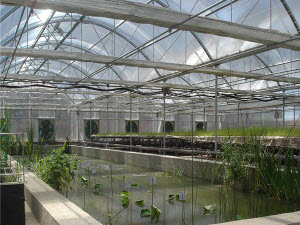
UV Film Greenhouse
UV film greenhouse protects plants from the Sun and other Outdoor Elements. A greenhouse is a structure that extends the growing season of fruits, vegetables, and flowers all year round. It is a highly effective tool for increasing production and improving crop yields.
Polyethylene based greenhouse films are manufactured with different base resins and functional additives that offer an ideal level of strength, versatility and light transmission. Multi-layer technology allows selective placement of additives to cater for the inner and outer performance requirements.
Light Diffusion Agricultural Films
Improve photosynthesis efficiency by enhancing the exposure of different plant parts to visible light and by lowering the peak temperature at noon. These films also increase the utilization of light and help reduce watering and fertilizing costs.
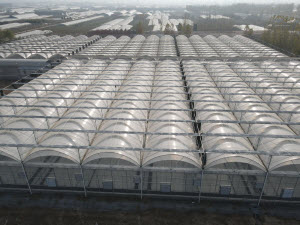
Multi-Span Greenhouse
The Multi-Span Greenhouse is one of the most important types of greenhouse in mechanized facility agricultural production. It has great potential in overcoming the contradictions between supply and demand and in improving the output of agricultural products.
The structure of the greenhouse is designed to sustain permanent maintenance and crop loads as well as site-specific climatic conditions, including wind load. However, structural inadequacies and cost ineffectiveness may occur if these parameters are not correctly considered during the design process.
In the field of greenhouse construction, multi-span designs are increasingly used for large-scale agriculture, which requires a high degree of protection against climatic hazards and natural disasters. The use of this type of design allows for significant economies of scale and production efficiencies.
Various types of greenhouse are used for different applications, including horticulture, aquaculture and greenhouse research. Depending on the type of crops and climate, different technical solutions can be employed to meet the specific needs of the grower.
Greenhouse coverings must be clear enough to provide optimum light transmission and be durable as well as economical. Many materials have been developed to meet these requirements on a commercial basis.
Coverings should also be resistant to weather, pest and disease. In addition, the cover should be designed to reduce heat loss and maximize ventilation.
An east-west multispan roof was studied that reflects sunlight at the southern surface downwards into the greenhouse rather than upwards as conventionally shaped houses do. Computer simulations showed that this roof transmitted 6% more light during winter than the same single glazed conventional roof.
Nutrient Film Technique Greenhouse (NFT Greenhouse)
NFT growing system uses a combination of channels and tubes to distribute nutrient water through the root system of plants. This method is ideal for small, relatively fast-growing plants such as lettuces, mustard greens and kale.
The NFT system also uses a reservoir filled with a solution of nutrients that is constantly pumped to the channels in order to maintain the coating of water around the roots. Many NFT systems use controls that monitor EC and pH to ensure the proper amount of nutrients are used by the plants.
Constant Flow of Nutrients and Water
The constant movement of the water through the NFT channels reduces the risk of fungal growth by increasing the circulation of oxygen. It also keeps the temperature of the water steady, helping prevent nutrient deficiency and toxicities that can occur with the erratic changes in temperature in other types of systems.
Plants are grown in a growing channel that is normally flat-bottomed but can be sloped at one end to allow the nutrient water to flow down the center of the channel, then through a drain and back into the reservoir tank. The slope should be about one percent.
Depending on the size of your greenhouse, channels can be as short as two feet or as long as 13 to 15 feet long. These channels are made of food grade extruded PVC pipes, which feature a detachable lid for easy cleaning and end caps that can be removed to drain waste nutrient solutions.
Glass Greenhouse
Glass Greenhouses are a great way to extend your growing space. They allow you to grow more plants in a small area, and they also help protect them from harsh weather conditions.
There are many different types of greenhouses. Some are easy to assemble, while others require more time and effort. If you have no experience with building greenhouses, it's best to get a professional to do the work for you.
Installing a Glass Greenhouse
Depending on the size of your greenhouse, you may need to dig a trench or pour a concrete belt before installing it. In either case, it's important to check the local zoning laws first to make sure that you don't have any restrictions before you start the process.
Planning a Site Layout for a Commercial Glass Greenhouse
Creating a site layout for your commercial greenhouse is important to ensure that you have enough room for growing. It will also allow you to plan for a ventilation system.
A good ventilation system is an important part of any greenhouse and will help keep your plants healthy by allowing them to breathe and get rid of excess humidity. In addition, a good ventilation system will help prevent your greenhouse from becoming too hot in the summer.
Before you purchase a greenhouse, make sure that it's made from high-quality materials. If it's not, it won't be as strong or durable as it could be. Choosing the right material for your greenhouse can make all the difference in whether or not you're able to successfully grow your crops.
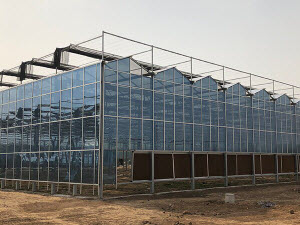
PC Board Greenhouse
Greenhouses are a great way to grow vegetables, flowers and herbs without spending a fortune. They can also help you cut down on trips to the grocery store or nursery and keep your garden beautiful year-round. Buying a greenhouse can be overwhelming, but with a few simple tips, you can narrow down your choices and find the perfect structure for your garden. The first thing you should consider is the material used in the greenhouse. You can choose from glass, UV-resistant polycarbonate, or a combination of these.
Whether you want to grow veggies, flowers, or herbs, your greenhouse should be made from durable materials that will last a long time and look good. For example, glass is usually more expensive than polycarbonate but can be more attractive to the eye and is more breathable than plastic.
Another option is a cold-frame greenhouse, which keeps the plants from freezing and protects them in harsh winter weather. A cold-frame greenhouse can be constructed from wood or metal and is easy to assemble.
PC Board Greenhouse
This type of greenhouse is the most popular choice in Europe and America, mainly because it is light, strong and affordable. It is a great alternative to glass. It can save 40% more energy than other covering materials and is not prone to yellowing and fogging. It is also very flexible, so you can make changes to the design and shape as needed. It is also durable and will not crack when dropped from a height.
